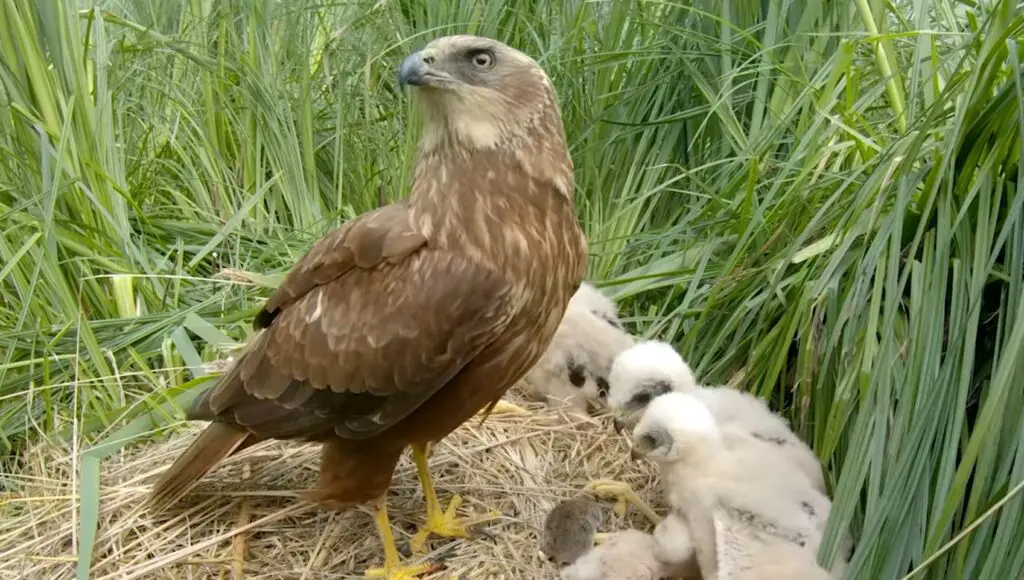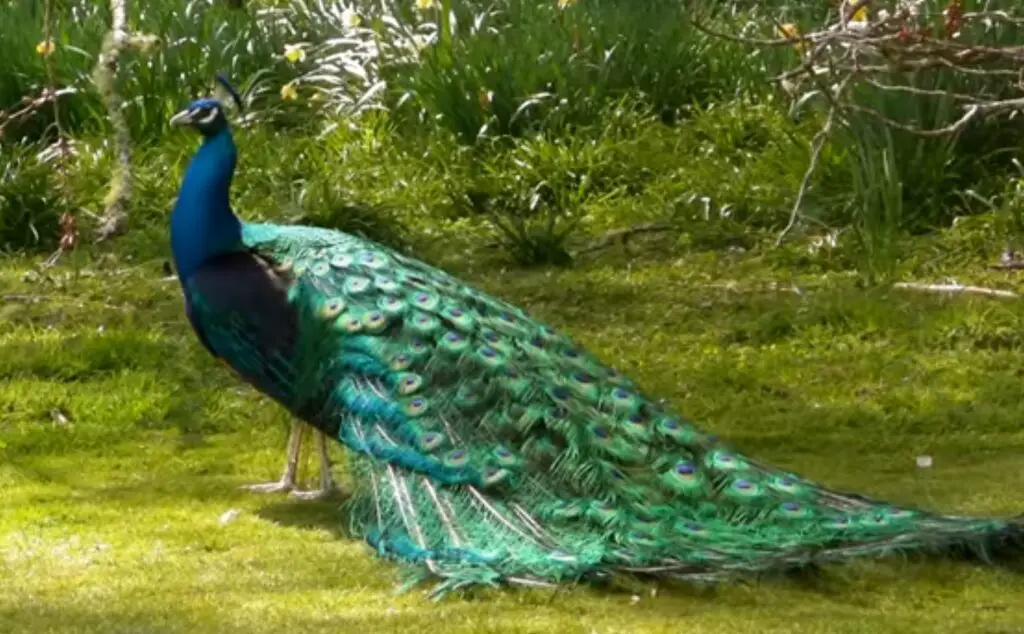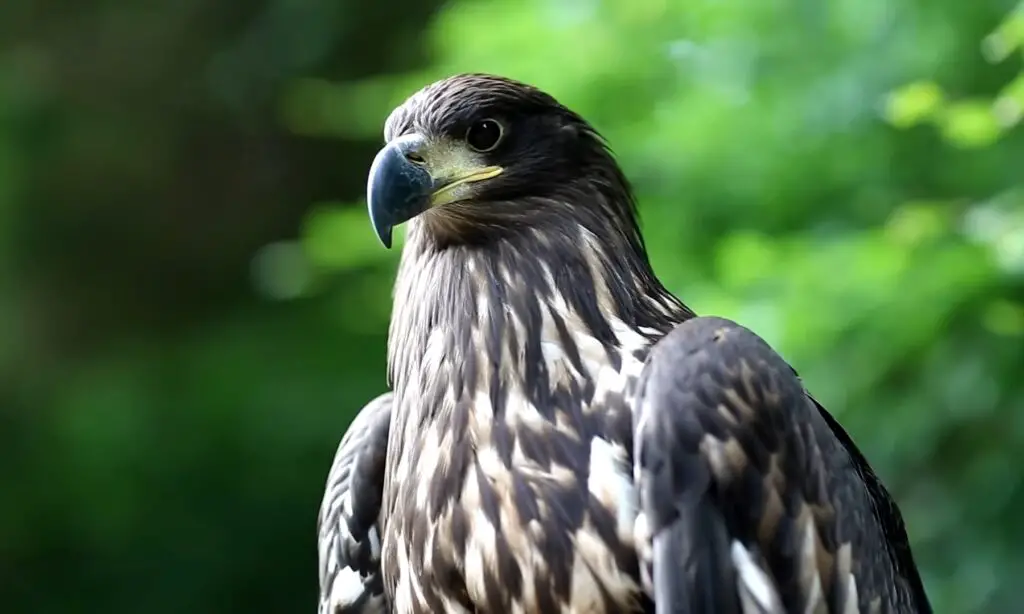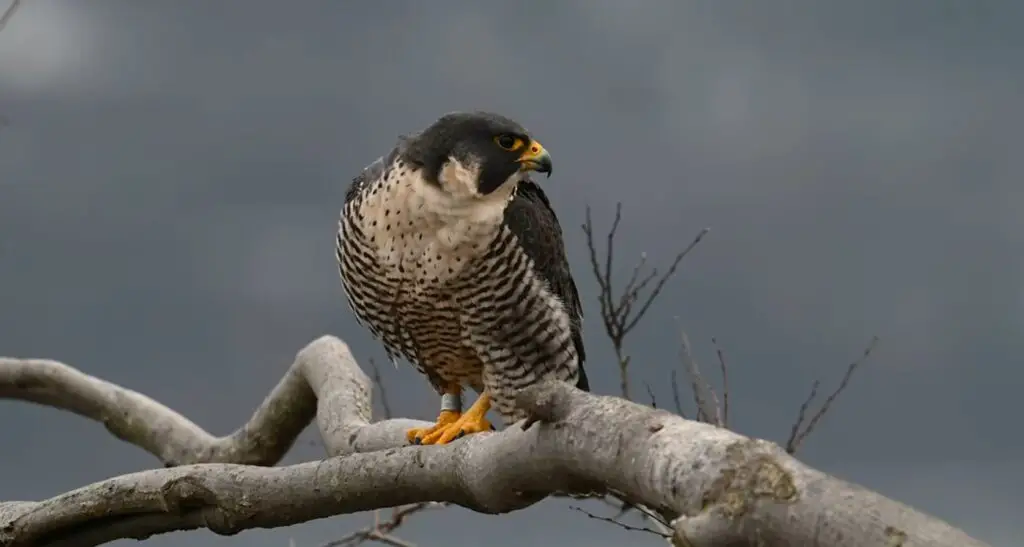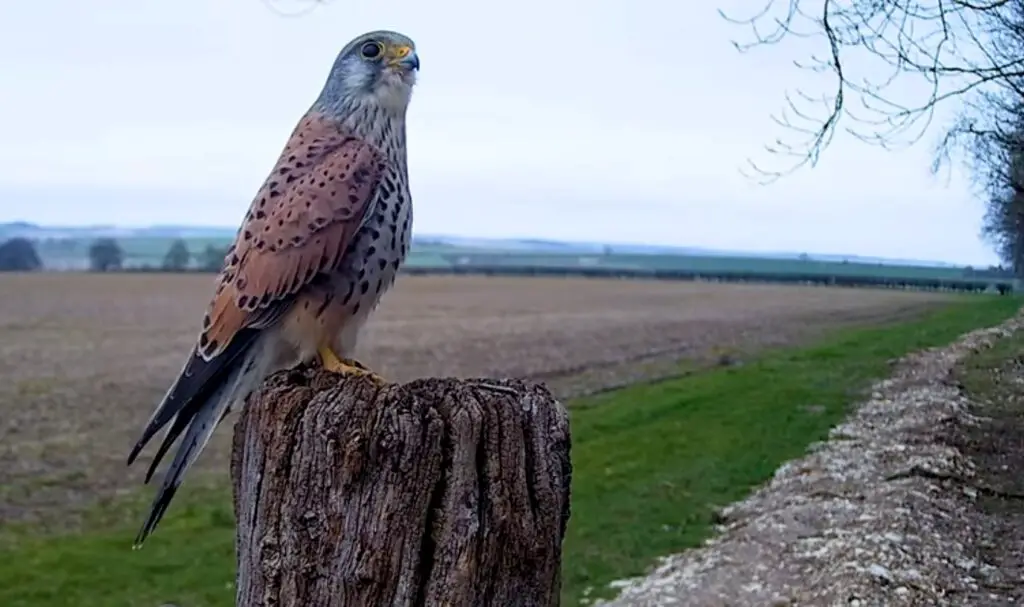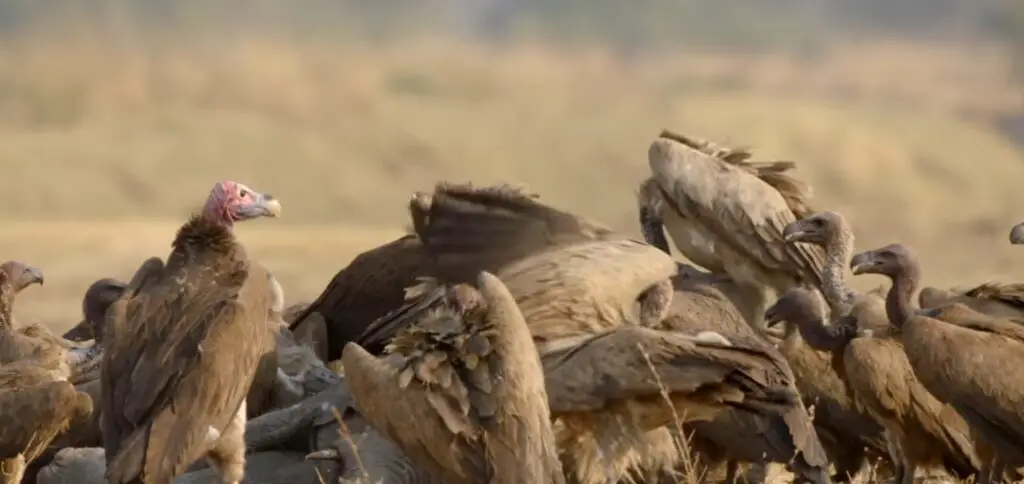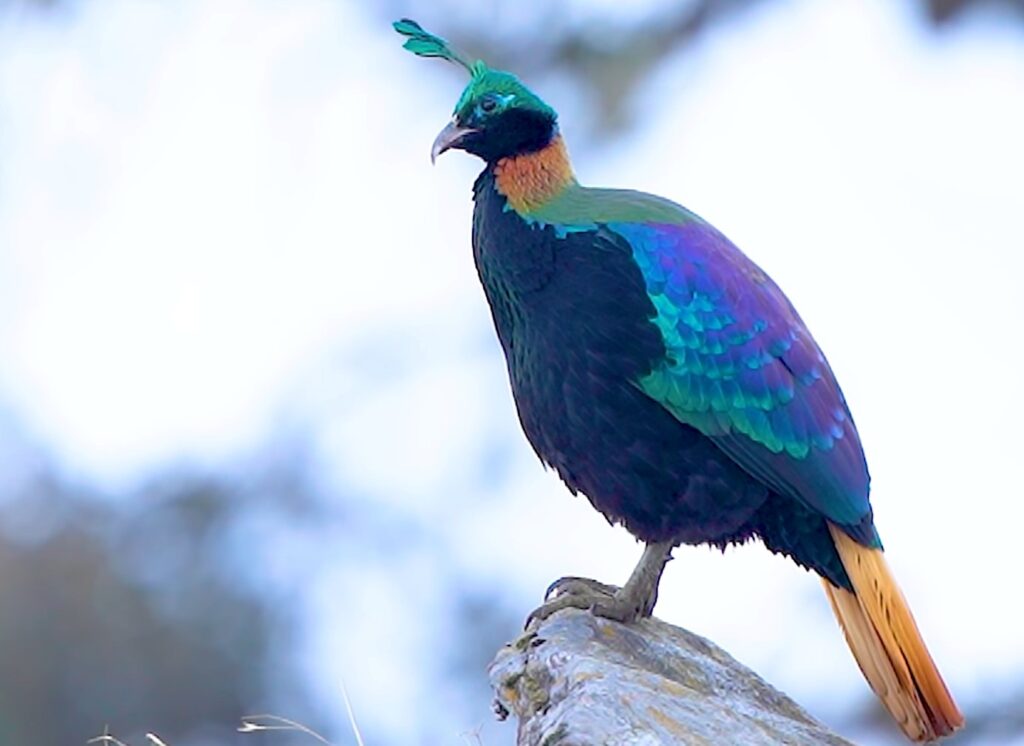Harriers are a group of medium-sized birds of prey that belong to the family Accipitridae. There are around 10 species of harriers found throughout the world, with the majority of species found in North and South America. They are characterized by their long wings and tails, which make them agile fliers, and their facial disks, which help them locate prey.
Characteristics of Harriers
Harriers typically hunt small mammals, birds, and reptiles, often using a low and slow flight pattern to surprise their prey. They are skilled hunters, able to take down prey larger than themselves. Some species, like the northern one, are known for their distinctive hunting style, which involves flying low over fields and marshes to flush out prey.
One of the most interesting aspects of harriers is their dimorphism, which means that males and females have different physical characteristics. Males are typically smaller and have more colorful plumage than females, which are usually larger and have more subdued plumage. This is a rare trait among birds of prey, as most species have little to no sexual dimorphism.
Harriers are also known for their unique breeding habits. They typically nest on the ground in open areas like grasslands and marshes. Females lay a clutch of eggs and both parents take turns incubating them. Once the chicks hatch, they are fed by both parents until they are old enough to hunt for themselves.
Threats to Harriers
Despite their impressive hunting abilities, they face a number of threats. Habitat loss, pollution, and hunting are all major threats to their populations. Some species are also threatened by collisions with man-made structures like power lines and wind turbines.
Conservation efforts are critical to protect them and their habitats. In many countries, laws have been enacted to protect and regulate hunting and other human activities that can harm them. In addition, efforts to reduce pollution and protect habitats can help ensure the survival of these magnificent birds for generations to come.
What is the definition of a Harrier?
The term “harrier” generally refers to a group of medium-sized birds of prey that belong to the family Accipitridae. They are characterized by their long wings and tails, which make them agile fliers, and their facial disks, which help them locate prey.
They typically hunt small mammals, birds, and reptiles, often using a low and slow flight pattern to surprise their prey. Some species of harriers, like the northern one, are known for their distinctive hunting style, which involves flying low over fields and marshes to flush out prey.
What is the Harrier named after?
The name is thought to have originated from the Old French word “harrier,” which means “to hunt with hounds.” This is because, in medieval Europe, they were often used in conjunction with hunting hounds to catch small game like rabbits and hares. The name was later applied to a group of medium-sized birds of prey that have a similar hunting style to the hounds, as they often fly low over fields and marshes to flush out their prey.
Difference between Hawk and a Harrier?
The terms “hawk” and “harrier” are used to describe different types of birds of prey. The main differences between hawks and harriers lie in their physical characteristics, flight behavior, and hunting strategies. Hawks are generally larger with broader wings and tend to hunt from higher elevations, while harriers have longer, narrower wings and fly low to the ground in search of prey in specific habitats.
Hawk: Hawks are generally medium-sized to large birds of prey that belong to the family Accipitridae. They are known for their broad wings and sharp, curved beaks, which they use for hunting and tearing apart their prey. Hawks are swift and agile flyers, often soaring at great heights while searching for food. They typically have keen eyesight and strong talons for capturing and grasping their prey. Hawks are found in various habitats around the world and feed on a wide range of small to medium-sized animals, including rodents, birds, reptiles, and insects.
Harrier: They, on the other hand, refer to a specific group of birds of prey belonging to the subfamily Circinae. They are known for their distinctive hunting behavior called “harrier hunting.” Unlike hawks, they have long, narrow wings and slender bodies which enable them to fly low and close to the ground. This low-flying, hunting technique allows them to track and catch small mammals, such as rodents, rabbits, and other small prey that inhabit grasslands, marshes, and wetlands. They have a unique facial disk that aids in sound reception, helping them locate prey even in tall grass or dense vegetation.
In conclusion, harriers are fascinating birds of prey known for their unique physical characteristics, hunting abilities, and breeding habits.

